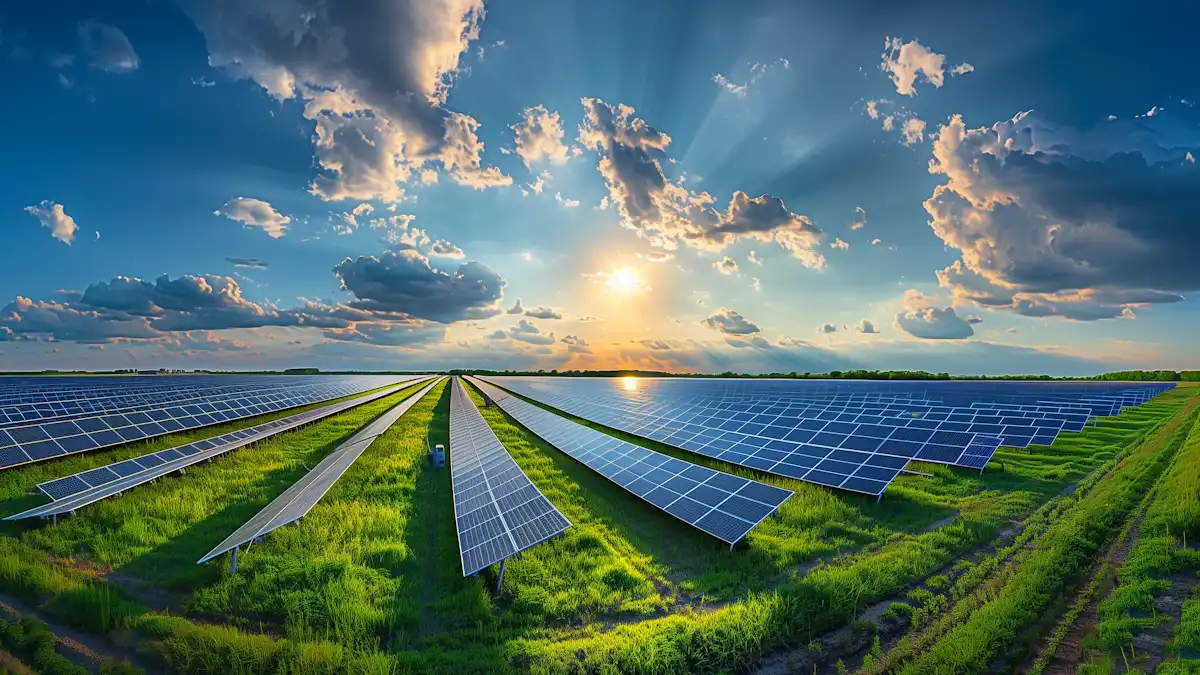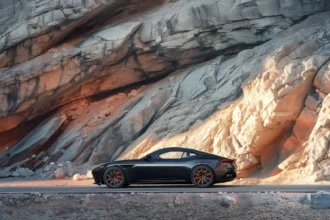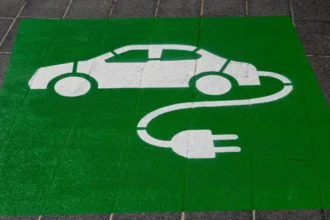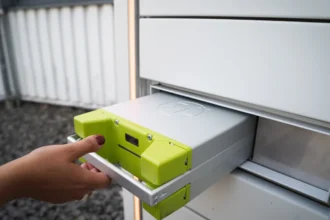Imagine government offices powered by the sun and officials driving cars that make no pollution. This is becoming real in Odisha right now! According to OdishaTV, Deputy Chief Minister KV Singh Deo has started a new plan that will change how government buildings use power and how officials travel. The plan starts right away and will grow bigger over the next five years.
The plan has two main parts. First, all government buildings must put solar panels on their roofs within five years. Second, government workers are being strongly encouraged to use electric vehicles (EVs) – cars that run on electricity instead of petrol. The changes will start in Bhubaneswar and Cuttack before spreading to other parts of Odisha.
Why This Plan Matters
The government wants to show everyone that it’s serious about protecting our environment. By using less electricity from coal and other sources that can run out, Odisha is taking a big step toward a cleaner future. Think of it like switching from a leaky bucket to a tap that never runs dry – that’s the difference between regular power and solar power.
- Reduce electricity use from sources that can run out
- Help Odisha become more independent in meeting its energy needs
- Show that the government is serious about protecting the environment
- Create a model for others to follow
Solar Panels on Government Buildings
Big progress has already been made with solar panels. According to Odisha Deputy Chief Minister K V Singh Deo, rooftop solar projects totaling 17,705 kilowatt (kW) have been installed on 1,232 public buildings. Kilowatt is just a way to measure how much power these panels can make – like measuring water in buckets.
| Organization | Buildings Covered | Power Capacity | Types of Buildings |
|---|---|---|---|
| OREDA | 825 | 8,317.69 kW | Government offices |
| OREDA | 342 | 5,387 kW | Educational institutes |
| GEDCOL | 65 | 4,000.55 kW | Government offices, schools, and hospitals in Cuttack and Bhubaneswar |
OREDA (Odisha Renewable Energy Development Agency) and GEDCOL (Green Energy Development Corporation of Odisha Ltd) are government organizations that help install solar panels. They’ve been working hard to put these systems on different buildings across the state.
Electric Vehicles for Government Officials
The second big part of the plan focuses on changing how officials travel. Government employees will lead the way by using electric vehicles – which work like regular cars but use electricity instead of petrol or diesel.
This isn’t just talk – real progress is already happening. According to Pragativadi, Odisha has registered 155,068 electric vehicles over the last five years and given out Rs 232 crore (2.32 billion rupees) in money to help people buy them.
Odisha’s Big Dreams for Clean Energy
The solar panels and electric vehicles are part of a much bigger plan. According to TheWeek, the Energy Department wants to make 10,960 megawatts (MW) of power from renewable sources by 2030. This would be about 57% of all the energy Odisha uses – like filling more than half your water bottle from a clean spring instead of a dirty pond.
- The Odisha Renewable Energy Policy 2022 aims to speed up clean energy adoption
- The policy wants to make both electricity grid and industrial energy use cleaner
- It takes advantage of Odisha’s natural potential for clean energy
- It helps develop more green energy projects
There’s even a special plan for the capital city. According to Investodisha, a workshop between the UK Government and Odisha Energy Department happened in Bhubaneswar on March 18, 2025, focusing on making Bhubaneswar a “Net-Zero” city by 2029-30. Net-Zero means the city would not add any harmful gases to the air overall.
Challenges in Making This Plan Work
While the goals are exciting, there are some big hurdles to overcome. For the electric vehicle plan to work, many more charging stations are needed – places where you can “refill” your electric car with power, like petrol pumps for regular cars.
| Current Charging Stations | Stations Needed by 2030 | Gap | Market Opportunity |
|---|---|---|---|
| 198 | 47,381 | 47,183 | Rs 300 crore |
According to a report by CEEW on public charging stations for electric vehicles, Odisha had only 198 public charging stations as of March 2025. But Niti Aayog (a government think tank) estimates that Odisha would need 47,381 public chargers by 2030 based on how many electric vehicles they expect people to buy.
This big gap between what exists now and what’s needed creates both a challenge and an opportunity. The market opportunity for public chargers in Odisha is approximately Rs 300 crore (3 billion rupees) – which means businesses could make money by building these stations.
What This Means for Odisha’s Future
Odisha is trying to become a leader in clean energy and environmentally friendly government. If you live in Odisha, you might soon see more solar panels on buildings and more electric vehicles on roads. The government is showing that it wants to lead by example.
The big question now is whether the state can overcome the challenges of building enough charging stations and installing enough solar panels in the five-year timeline. Will you be seeing a greener Odisha soon? The pieces are being put in place right now.











